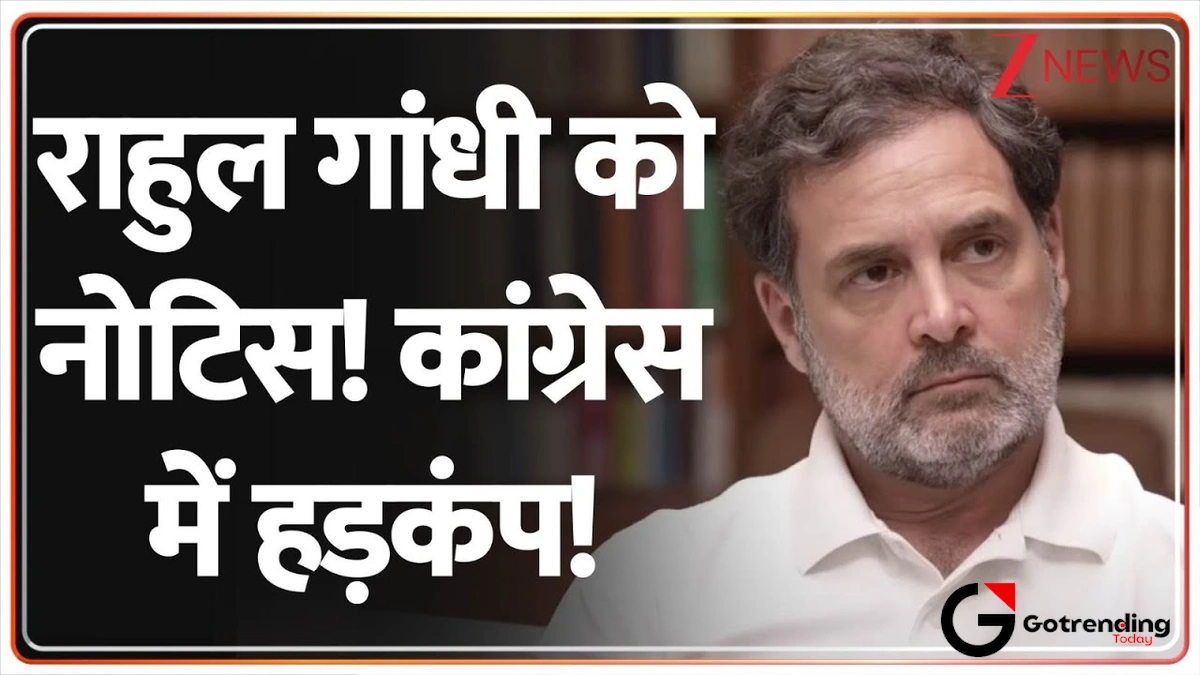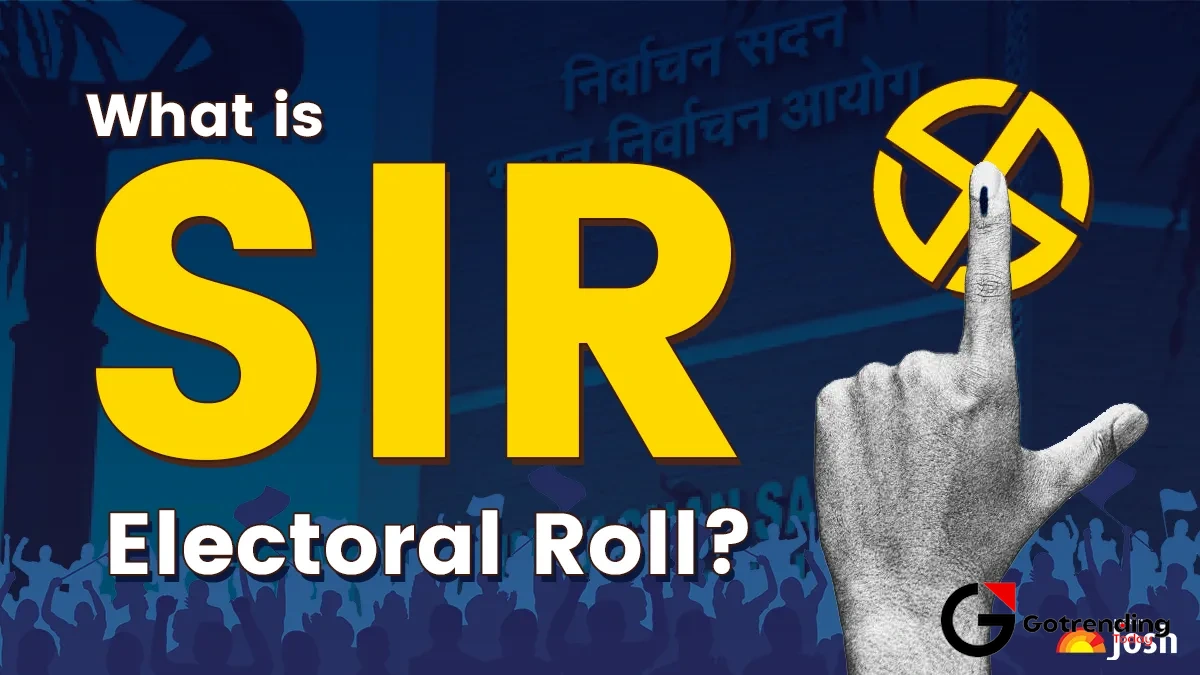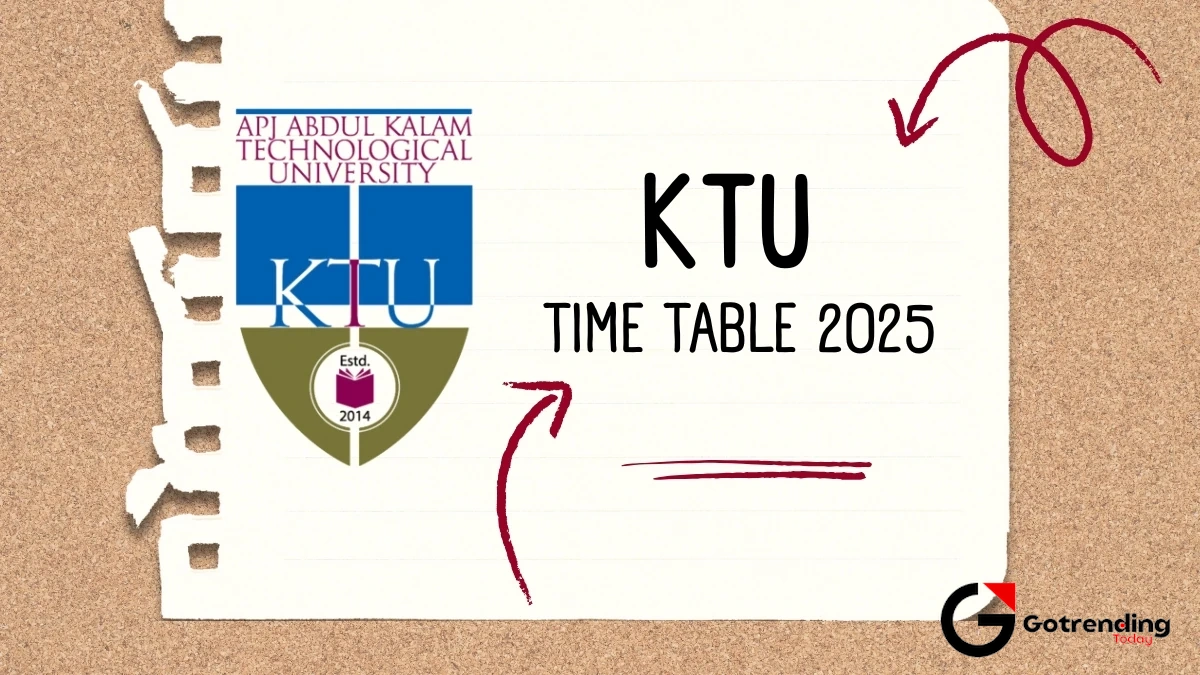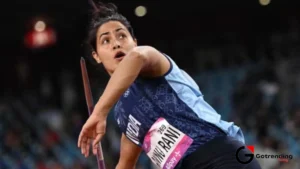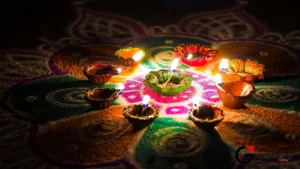Rahul Gandhi’s ‘Checkmate’ Moment? Why His Latest Moves Are More Than Just News
Let’s grab a virtual coffee and talk about the biggest story in Indian politics right now. No, not just the election results, but what’s happening after. The latest rahul gandhi news isn’t just a headline; it’s a strategic chess move that’s been years in the making. He’s keeping Raebareli and vacating Wayanad for his sister, Priyanka Gandhi Vadra.
On the surface, it’s a simple choice between two constituencies he won. But let’s be honest, the real story isn’t what he did. It’s why he did it, and what it signals for the next five years of Indian politics. This isn’t just a family arrangement; it’s a calculated play that reshapes the Congress party and the entire opposition. What we are witnessing is a fundamental shift, and to understand it, we need to look beyond the daily news cycle. For more background on his journey, you can see this deep dive .
So, what’s really going on here? Let’s break it down.
The North-South Gambit | Why Raebareli and Wayanad Both Matter
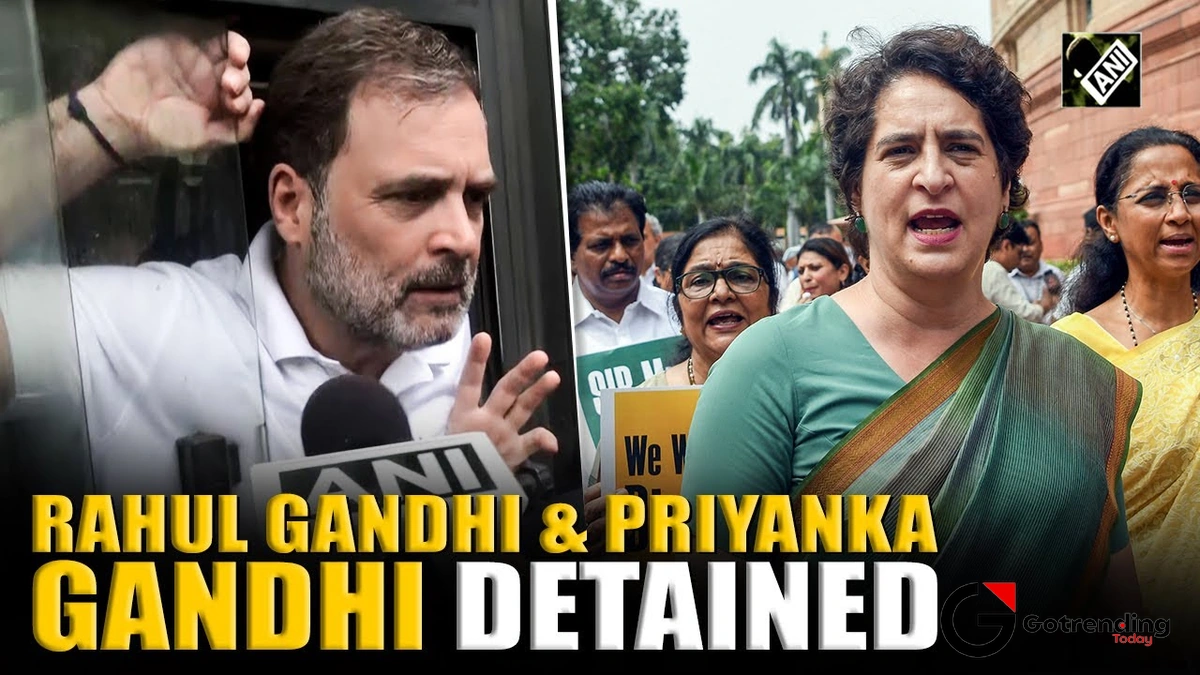
I initially thought this was just about keeping a family bastion. But the more you look, the more strategic it appears. The decision to choose Raebareli over Wayanad is packed with political symbolism and cold, hard logic.
Here’s the thing. Raebareli isn’t just any seat. It’s the heart of the “Gandhi family” legacy in Uttar Pradesh, a state that sends 80 MPs to the Lok Sabha. It was held by his mother, Sonia Gandhi, and before her, by his grandmother Indira Gandhi. By choosing Raebareli, Rahul is sending a crystal-clear message: “I am not running from the main fight.” He’s planting his flag firmly in the Hindi heartland, the BJP’s core territory, signalling that the Congress is back to challenge them on their home turf. This is a direct consequence of the surprising india election results 2024 , where the Congress and its allies made significant inroads in UP.
But then, what about Wayanad? The constituency in Kerala that stood by him in 2019 when he lost Amethi. Abandoning it would have been a terrible look. It would have felt like a betrayal to the South, which has been the bedrock of the Congress’s power for the last decade.
Enter Priyanka.
By having Priyanka Gandhi contest from Wayanad , the family ensures a powerful presence in the South, acknowledging its immense contribution. It’s also Priyanka’s long-awaited electoral debut, but in a relatively safe seat. This is a controlled, strategic entry into parliamentary politics for her, not a gamble. It’s a classic “have your cake and eat it too” move. The congress party strategy here is multi-layered: secure the North, reward the South, and finally bring its second power-player into the Lok Sabha. Understanding the complexities of these family-and-party dynamics can sometimes feel as tricky as decoding a university’s circulars, like the ones in this KTU Explained guide.
The Slow, Deliberate Rebranding | From ‘Pappu’ to Protagonist
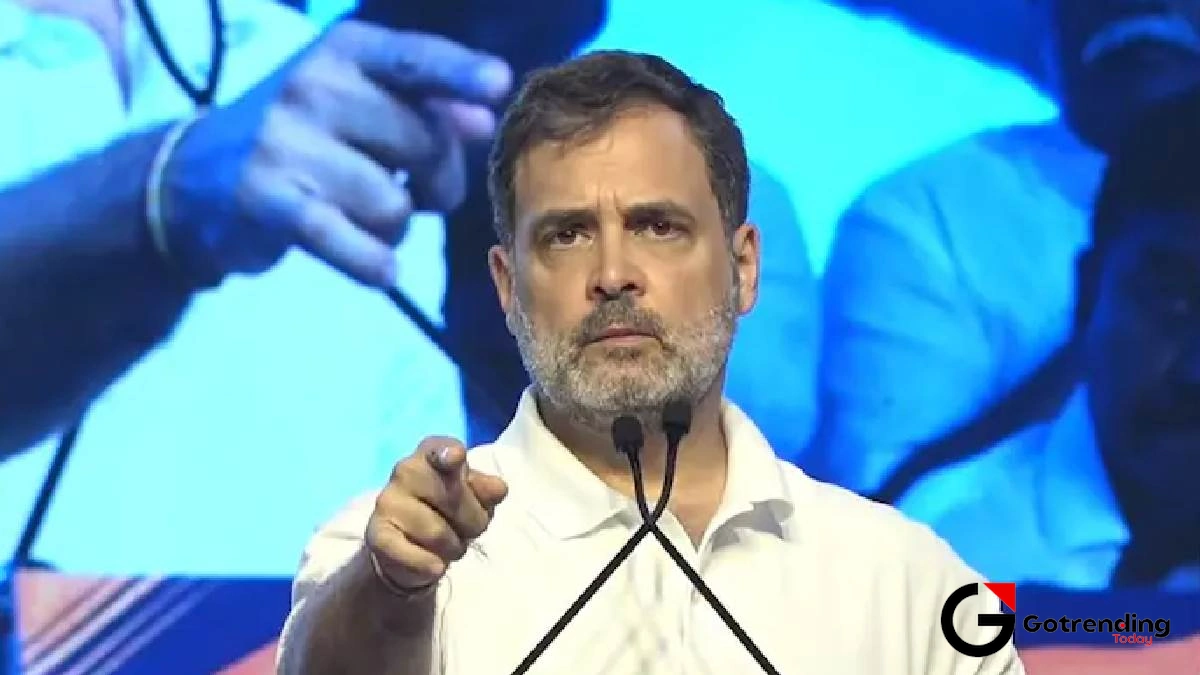
What fascinates me most is that none of this would be possible without the transformation of Rahul Gandhi himself. For years, he was a caricature, a figure of ridicule relentlessly pushed by a massive PR machine. That image is now crumbling, and it didn’t happen overnight.
The real turning point? The Bharat Jodo Yatra .
Let’s be real. When it started, many, including myself, were skeptical. Was it just a photo-op? But as he walked thousands of kilometres, something shifted. It wasn’t just a political march; it was a public re-education. He met people, listened, and most importantly, he was seen listening. The yatra broke the bubble and demolished the “out-of-touch dynast” narrative piece by piece. The bharat jodo yatra impact was not in immediate votes, but in long-term perception change.
And now, we see the result of that journey. His press conferences are sharp. His speeches are backed by data and a clear ideological framework. He’s no longer just reacting; he’s setting the agenda. He’s asking the tough questions, not just about policy, but about the very nature of our democracy.
His acceptance of the role of Rahul Gandhi Leader of Opposition is the final piece of this puzzle. It’s a role he shied away from in the past, but now he’s embracing the responsibility. It shows a newfound maturity and an understanding that to challenge power, you must use the institutions of power. As per the rules detailed on the official Parliament of India website , the Leader of the Opposition is a cabinet-rank position, giving him a formal platform to lead the charge.
What This Means for the INDIA Bloc and the BJP
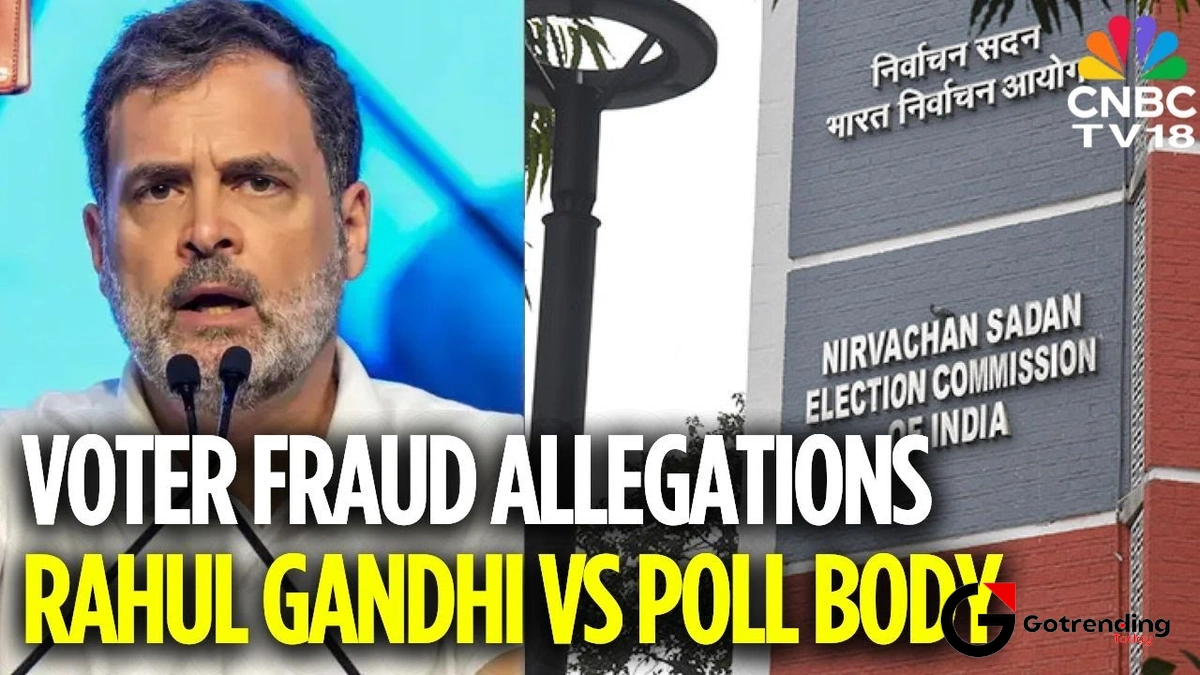
This isn’t just an internal Congress reshuffle. It sends ripples across the entire political landscape.
For the INDIA alliance, Rahul’s enhanced stature and clear-headed strategy make him the undeniable centre of gravity. The other regional leaders in the alliance now have a national anchor who is willing to fight in the Hindi heartland, something they desperately need. With Priyanka in Parliament, the Congress’s own bench strength gets a massive boost, strengthening its negotiating power within the coalition.
And what about the BJP? This is a whole new ballgame for them. Their primary political weapon for a decade the caricature of Rahul Gandhi has been neutralized. They are now facing a confident, strategic, and institutionally empowered opponent. The “Modi vs Who?” question now has a more concrete answer. They can’t just ignore him or dismiss him anymore. They have to engage, debate, and fight him on policy and ideas. The entire political discourse is about to become far more competitive.
We are looking at a Lok Sabha that will be more vibrant, more contentious, and hopefully, more accountable than it has been in ten years. The presence of a strong, recognized Leader of Opposition changes the dynamic from a monologue to a dialogue.
Frequently Asked Questions (The Analyst’s Take)
Why did Rahul Gandhi wait so long to make this decision?
The delay wasn’t indecision; it was consultation. By law, he had 14 days after the results to decide. He used this time to consult with the party leadership, allies in the INDIA bloc, and leaders from both Kerala and Uttar Pradesh. It was a measured process to ensure everyone was on board, showcasing a more collaborative leadership style.
Is Priyanka Gandhi’s entry into electoral politics a risk?
It’s a calculated one. By debuting from Wayanad, a seat with a massive victory margin, the Congress is minimizing the risk. It allows her to learn the ropes of being an MP without the intense pressure of a swing seat. The bigger test will be her performance in Parliament.
Will Rahul Gandhi be an effective Leader of the Opposition (LoP)?
All signs point to yes. His performance in the last parliamentary term, especially after the Bharat Jodo Yatra, has been sharp and focused. As LoP, he gets a formal position, staff, and the platform to coordinate the entire opposition’s strategy. Expect a more organized and aggressive opposition in the house.
What does this mean for the Congress Party’s revival?
It’s a massive step forward. The Congress party strategy now seems clearer: a dual-pronged approach with Rahul leading the charge in the North and Priyanka securing the South. It energizes the cadre and presents a more formidable leadership structure to the public. However, the real work of rebuilding the party organization block by block remains.
How does this impact the 2029 general election?
It’s too early to say for sure, but this sets the stage. By having both Rahul and Priyanka in Parliament and Rahul as LoP, the Congress is building a narrative for the long haul. This five-year period will be about holding the government accountable and presenting a clear alternative, with Rahul Gandhi as its undisputed face.
The story of the last few weeks is not just about the numbers from the Election Commission of India . It’s about the narrative that follows. For the first time in a very long time, Rahul Gandhi is not just part of the narrative; he is actively writing it. The latest rahul gandhi news isn’t just another event. It’s a statement. The game of thrones in Delhi just got a whole lot more interesting.
